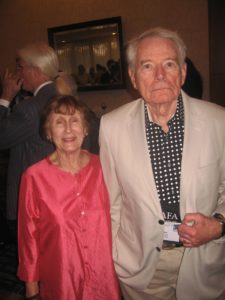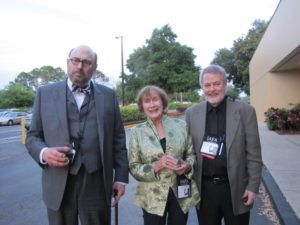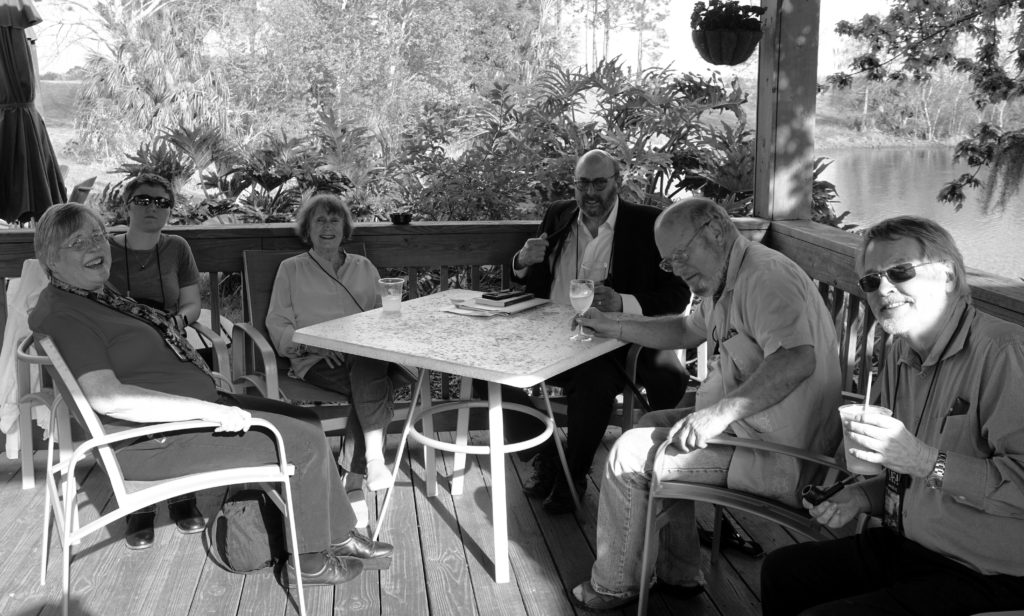Techniques of the Fantastic
Ninth annual conference of the Gesellschaft für Fantastikforschung
September 6th – 8th, 2018 at the University of Freiburg/Fribourg (Switzerland)
The techniques of the fantastic are primarily ssociated to futuristic stories and science fiction, in which mankind designs its world under utopic or dystopic conditions. The technologically explainable Wonderful generally seems to be defined as related to fantastic narration, like Tzvetan Todorov’s definition of the “merveilleux instrumental” suggests. Fantastic techniques, however, are also relevant in High and Urban Fantasy, in fantastic related genres such as horror and in Gothic fiction, and even in fairy tales and adventure novels. In many fantastic contexts, different techniques can be observed: to differentiate the fantastic from magic, as alternative forms of motivations of the Wonderful (cf. Uwe Durst), on the narrative scale as literary and aesthetic procedures, for example by using the technique of the unreliable narrator and other stylistic or (meta-)fictional strategies (cf. for example Denis Mellier; Christine Brooke-Rose), as a production-aesthetic aspect for the creation of fantastic worlds (special effects), as an integral component of fantastic narrative worlds, for example in the form of strangely soulful machines of the romantic period, or as ghostly gadgets and plot device of science fiction.
(1) First, technology can be examined as a motif and object of fantastic artefacts and/or narrative worlds. Originating from romantic topoi such as machines, mesmerism, ghostlike projections or scientifically occult motifs of Gothic literature (Frankenstein), technology has proven to be a means of surpassing the humanly possible. Furthermore, connections can be established to the technologies of inhabitants of fantastic narrative worlds such as the technophile dwarf peoples of the Tolkien-derived High Fantasy, but also those present in computer games), and to genres which are fully dominated by a certain type of technology (cyberpunk). The often-dialectic relation between technology and magic can serve as an input to reflection (for example in Auguste de Villiers-de l’Isle d’Adam’s L’Ève future or in Edward Bulwer-Lytton’s The Coming Race). The reference of magic technology to High Fantasy becomes apparent in the industrial destruction of nature by the magician Saruman in Lord of the Rings, but also in the techniques of switching between worlds (for example the “Hogwarts-Express”). This aspect is especially valid in what concerns science fiction, where techniques range from “warp drive” to thinking robots (for example in the works of Isaac Asimov and Stanisław Lem) up to the neuronal total simulation (cf. The Matrix). These techniques can be found in para-historical narrations (which are especially marked by technology, e.g., in the counterfactual narrative worlds of Christian Kracht’s Ich werde hier sein im Sonnenschein und im Schatten).
(2) Another main point would be the cultural and techno-historical relation between certain real historical developments and their fictional adaptation and/or anticipation. This interplay between real and fictional inventions plays an important historico-cultural role since the end of the 19th century (cf. the history of moving images or the discourse on trans- and posthumanism).
(3) Third, another main point of this year’s conference is the literary “technique” as an aesthetic procedure of fantastic artefacts. It deals with the means of representation and narration, such as unreliable or multi-perspectivist narration, narrative short-cuts such as metalepsis, epistolary novels or stories in fantastic narrations, the relation between the immersive realism of representation and fantastic worlds, and more recently, with the appearance of the postmodern-ironic “meta-fantastic”, as it can be found in Julio Cortazar or Kurt Vonnegut, Thomas Pynchon and Ulrike Draesner.
(4) Furthermore, these topics refer to the used medial or artistic techniques of production. Audio-visual production techniques of the creation of the fantastic are worth taking a closer look at, especially concerning their historic and systematic perspectives. Media-comparative approaches (on special effects, CGI or augmented reality) would be particularly welcomed at this point.
(5) Finally, cultural techniques should be analysed in their receptive handling with the fantastic. This includes cultural processing techniques and ways of dealing, in confrontation with fantastic artefacts. This not only refers to known strategies such as the allegorising reading of the fantastic, but also to trans-fictional extensions of fantastic worlds, fan culture (Cosplay), the rabbit holes of the Alternate Reality Games-cultures, to name only a few examples.
The site of the conference, the University of Fribourg (Switzerland), is located at the language border between the French and the German speaking part of Switzerland. The conference is organized by the local German Studies Department in collaboration with the institute of general and comparative literature, and is especially dedicated to the comparative exchange. Therefore, this year’s abstracts and contributions will gladly be accepted in German, English and French.
Possible topics
• Technology as a motif and object of fantastic artefacts
• Technology as a literary/aesthetic procedure of the fantastic, particularly when taking narrative techniques into account
• Representation techniques of fantastic structures (individual reviews or theoretical considerations): Horror and Gothic, utopias and dystopias, science fiction, fantasy, Magic Realism, speculative fiction, (literary) fairy tales, fables, myths, etc.
• Medial production techniques used for the creation of the fantastic
• Media-comparative and techno-historical examinations about the interplay between Fiction and Faction
• Cultural techniques of the (interaction with the) fantastic, such as fan culture (cosplay) or other approaches to the techniques of fantastic structures (making-ofs, exhibitions, interviews, etc.)
• Media-specific or intermedial/transmedial techniques for the creation of fantastic worlds in films, TV, literature, computer games, etc.
As usually at conferences of the Association for the Research on the Fantastic (GFF), there will be an open track for all lectures which are not directly related to the topic of the conference. Hence, we are open to further proposals.
The GFF offers two scholarships of 250 euros each to students for them to cover their travel expenses to the conference. Should you be interested in this offer, please let us know when handing in your abstract.
The deadline for abstracts and short biographies is February 28th, 2018. Please send them to gff2018@unifr.ch
Conference board
Dr. Sonja Klimek, Dr. Tobias Lambrecht, Prof. Dr. Sabine Haupt, Prof. Dr. Ralph Müller, Prof. Dr. Michel Viegnes



